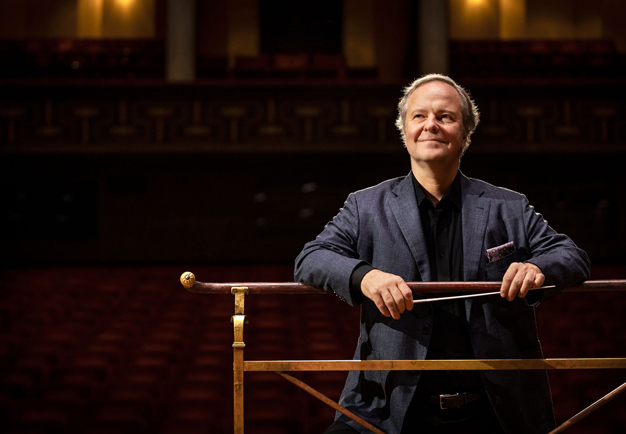The Symphonies

Sakari Oramo. Photo: Nadja Sjöström
“When it came to the symphonies, Sibelius was almost cosmic in his aspirations. He created these compositions on a universal scale.” Sakari Oramo
During Grande Finale, Sakari Oramo will conduct all seven symphonies by Sibelius. This is done in chronological order, allowing us to follow Sibelius’ development as a symphonist.
These pages tell you more about each of the symphonies, how they evolve over the course of what were often long compositional processes, and how they pre-empt one another.
“Sibelius received a comprehensive European musical education from an early age. He studied in Germany and Vienna, which meant he was heavily influenced by contemporary music, and I see him as a composer who develops the ideas of Beethoven and Bruckner. Interestingly, Sibelius is perceived as a kind of messenger of the great symphonic tradition, and – in his late pieces – as its innovator. But Sibelius departs from the classical form as early as his second symphony, where he links the scherzo and the finale with a ‘bridge’. In the third symphony he does the same thing, but this time kaleidoscopically: one part is not yet ‘finished’ when another emerges... This develops further in the fifth and seventh symphonies. It was a kind of fusion of form and style that would prove to be groundbreaking.”
Sakari Oramo
